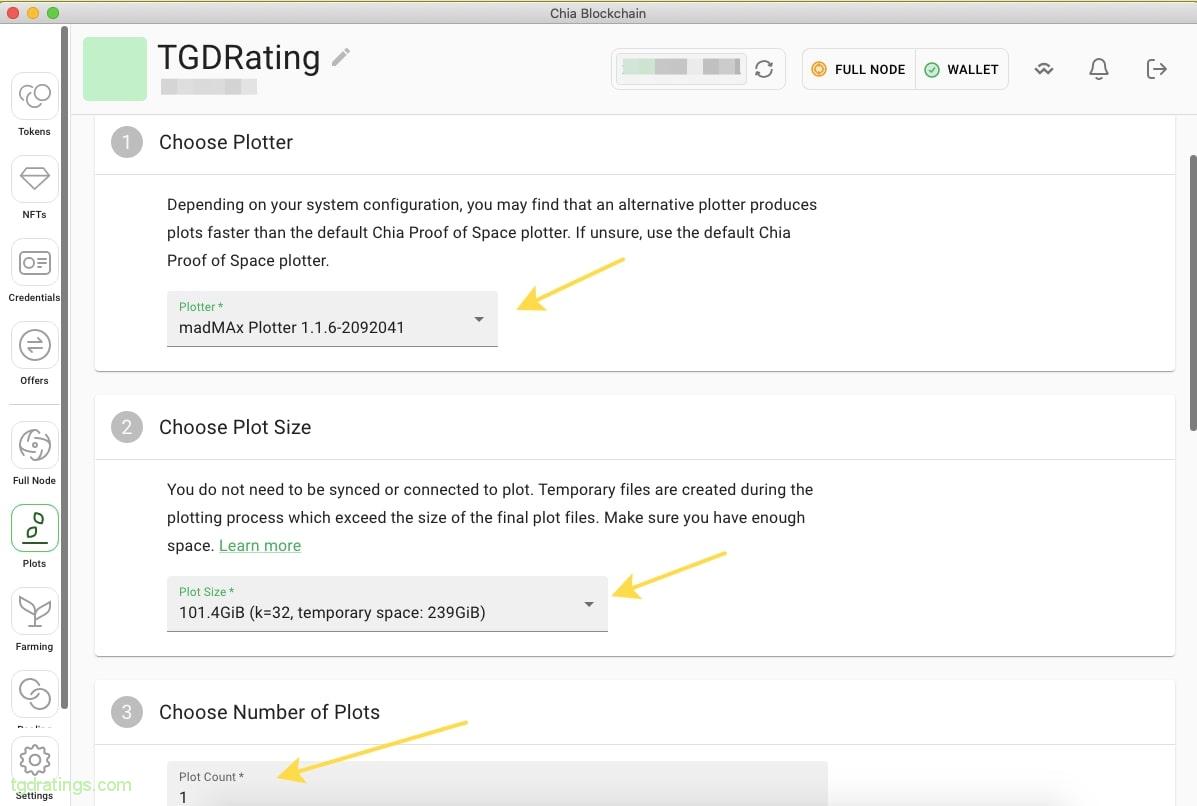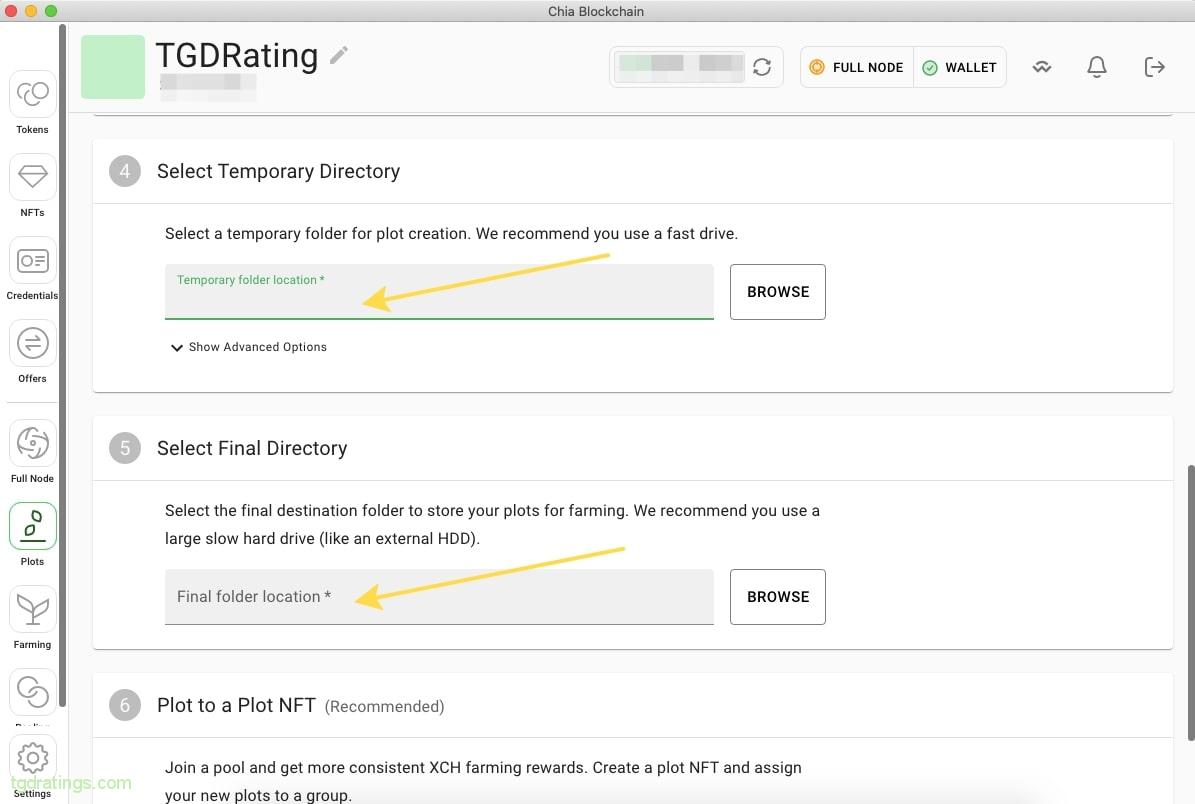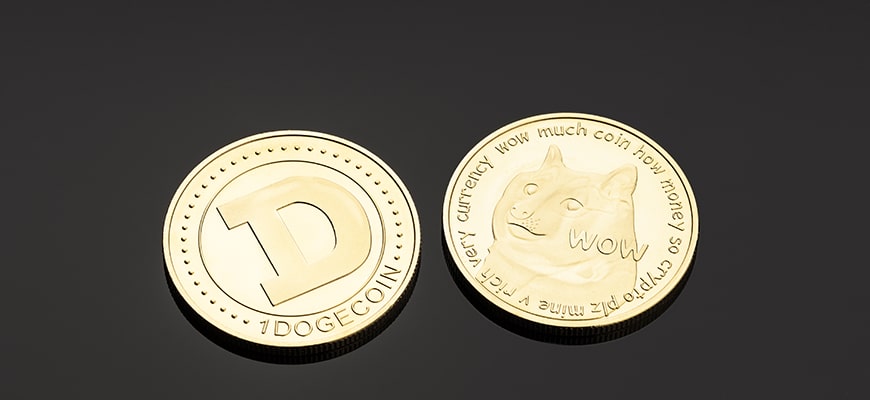Chia Mining: The Comprehensive Guide
Chia (XCH) is a cryptocurrency that powers the ecosystem with the same name. Chia was developed by Bram Cohen, the founder of BitTorrent.
Chia Blockchain as any blockchain has some mining features. There are three main of them. The first one – XCH mining is called farming. The second – the mining process is based on a process called plotting.
And the third – the network uses PoST (Proof of Space and Time) consensus algorithm.
Chia mining is a relatively affordable process: all you need is PC and few SSDs and HDDs. Additional benefit is a low power consumption which makes this type of mining green.
In the article, I will talk about Chia mining and its principles, on how XCH is mined and how much XCH a miner can mine per day.
What is Chia mining?
Chia Mining is the process in which participants create blocks and confirm transactions in the Chia Blockchain, ensuring its efficient operation. This process in the Chia network is called farming. A new block is created on the network every 10 minutes.
Blockchain participants involved in cryptocurrency mining are called miners. They are rewarded with XCH cryptocurrency for block generation. Halving, or block reward reduction, takes place every three years: the current miner reward is 64 XCH. After the next halving in March 2024, it will drop to 32 XCH. After the last planned halving, the miners will receive only 4 XCH per block.
How does Chia mining work?
Let’s consider the basic concepts associated with Chia mining:
- Farming is the term used to refer to the mining process on the Chia blockchain;
- Plotting is a process for generating a specific marked space on a hard disk contains unique codes. Each block of such space calls “plot” and contains a table of hash values. To validate a block, miners submit a special winning code from this table to the blockchain. Since this particular code can be in any plot of the network, the number of plots the miner has directly affects the probability of finding a block. The chances of finding the required code for each plot are equal;
- Plotters – type of software used to form plots;
- PoST (Proof of Space and Time) is the consensus algorithm that obliges miners to use of a certain amount of disk space (Proof of Space) during setting time (Proof of Time). This algorithm interacts with disk space on HDD and SSD drives;
- Limited coin supply – there are only 21 million XCH coins will be issued (the number is similar to Bitcoin);
- Halving is a block reward reduction process that occurs every 3 years on the Chia network. Initially, miners received 64 XCH, from March 2024 the reward will decrease to 32 XCH. There will be 4 halvings over 12 years, and after 2033 the block reward will be fixed at 4 XCH.
How difficult is it to mine Chia?
Instead of the term “difficulty” used in many PoW blockchains, the Chia network uses a parameter called “Time to Win” (TTW). It reflects the average time it takes a farm to receive a block reward. It takes into account the size of the farm – the amount of hard disk space occupied by the plots. However, it is important to understand that this is an average indicator: the actual time to receive a reward may vary.
Types of Chia mining
There are various methods for mining Chia: solo mining, using mining pools or cloud mining services.
Chia solo mining
The Chia network does not impose high requirements on mining equipment: you can mine the coin on usual SSDs and HDDs. To start mining you need the Internet, a computer and free disk space. If the code from the hash cell sent by the solo miner to the blockchain contained a winning code, the miner takes the entire block reward.
Chia mining pool
Chia developers advise using mining pools. This type of mining allows you to receive more regular payouts, albeit in a smaller amount: the pool member whose code helped to mine the block takes only 12.5% of the block reward (the remaining 87.5% distributed among the pool members).
Largest pools for XCH mining
You can choose a suitable pool for mining Chia using the Mining Pool Stats service. The platform displays data on 40+ pools available for XCH mining.

Popular chia mining pools are shown in the table:
| Name | Website | XCH mining fee | Year of creation |
|---|---|---|---|
| Space pool | https://pool.space/ | 1% | 2021 |
| H9.com | https://www.h9.com/ | 1% | 2017 |
| Flexpool | https://www.flexpool.io/ru-RU | 0.7% | 2020 |
| Sweet Chia Pool | https://sweetchia.com/ | 1% | 2021 |
| OpenChia | https://openchia.io/en/landing | 1% | 2021 |
Chia cloud mining
You can mine Chia using cloud platforms. For example, cloud mining services for this cryptocurrency are provided by Backblaze and Amazon Web Services (AWS). However, this approach to chia mining is less common than individual mining or participation in pools.
Chia cloud mining is different from classical representation of mining. The user purchases cloud storage space and places seeded plots there, which are then used for finding codes to confirm blocks (similar to the normal Chia mining process on a PC). The more disk space user buys, the more plots he can place there and the higher miner potential to earn XCH.
What do you need to mine Chia?
The following section describes the hardware requirements for XCH mining and suggests the ways to optimize the mining process.
Chia mining hardware requirements
Minimum computer requirements for Chia mining:
- Processor: Quad core 1.5Ghz (64-bit);
- RAM: from 4 GB RAM;
- Python: versions 3.7 to 3.10.
To improve mining performance:
- Use SSD (for making plots) + HDD (for storing plots);
- Choose SSD with high storage capacity (from 500 GB) and high write speed. When choosing a HDD, the main parameter is the memory size (recommended value for XCH mining is 10TB);
- Choose a processor with several cores (the more, the better);
- The amount of RAM required depends on the SSD: for 1 TB drive, you will need 16GB RAM. Also note that the higher the frequency of the RAM, the higher the speed of plots creating;
- Use motherboard that supports SATA III, USB 3.0, PCI-e 3.0(or higher) ports and a network controller (100 Mbps or higher);
- Select a power supply that can provide the energy needed for mining equipment. A 500-700W unit is fine.
Chia mining software requirements
The process of preparing SDD or HDD disks for Chia mining is known as plotting. This requires use of special software – plotter. For beginners, madMAx chia plotter is the best solution. As an alternative, you can use Official Chia Plotter.
Chia Wallet
When mining Chia, you will also need a cryptowallet – the place to store mined coins.
Popular wallets with XCH support:
- Official blockchain desktop wallet Chia Wallet compatible with the most popular OS;
- Nucle is a “lightweight” wallet (not requiring downloading and storing the entire blockchain) based on the open source Chia blockchain;
- Goby — Chia’s browser wallet.
How to mine Chia? Step-by-step guide
After preparing the equipment and creating a wallet, we go directly to setting up and starting mining.
Step 1: Install the Chia Blockchain
To download Chia Blockchain:
- Go to Chia official website and click Downloads;
Chia.net homepage - Select the OS you are using (e.g. MacOS);
Selecting an installer for different OS - Download the Chia blockchain;
- When the download is complete, extract the archive and install the network on your computer.
Step 2: Create a Chia Wallet
After installing Chia Blockchain, you can create a Chia Wallet. It is included in the blockchain installer package. To make a new wallet:
- Click Choose wallet mode;
Selecting the wallet mode - Select Create A New Wallet Key (or Add Wallet to connect an existing wallet);
Creating a new Chia wallet - The system will show 24 words that are used to back up the wallet. Write each word along with a number (the order is important);
- Name your Chia wallet and click Next;
- A wallet for Chia has been created.
Chia Wallet
Step 3: Set up plotting
For basic plotting setup, follow these steps:
- Go to the Chia client and select Plots from the menu on the left;
- To create a new plot, click Add A Plot;
Create a new plot - The Choose Plotter line prompts you to choose a plotter program: for example, choose madMAx Plotter;
- Specify the size of the plot (recommended factor is K=32) in the line Choose Plot Size;
- In the line Choose a Number of Plots – specify how many plots you want to create. For more detailed settings, click on Advanced Options;
Plotting settings part 1 - Scroll down the page and find the line Select Temporary Directory: here you set the path to the hard drive where the temporary files of the created plots will be stored (note that they will take up more space than ready-made plots, but after the end of the plotting process they will be deleted). It is recommended to use SSD drives as a storage for temporary files;
- In the line Select Final Directory you will need to specify where the ready plots will be stored. For this purpose, it is better to use HDD disks;
- After setting all parameters, click Create;
Plotting settings part 2 - And the process of creating plots will start – wait for it to finish. This completes the basic plotting setup.
Step 4: Start mining
After the plotting is completed, Chia mining will start automatically in solo mode (default setting).
Pros and cons of mining Chia
Conclusion
Chia (XCH) is considered to be one of the most popular cryptocurrencies for solo mining. To mine it, you need a computer, several hard drives with a free space and the Internet connection.
To start mining Chia: download the Chia Blockchain, create a wallet, set up plotters and start mining XCH. If necessary, you can join to a mining pool – this will provide more regular income than with solo mining. You can also buy cloud storage, such as Backblaze or AWS Amazon provide, and store your seeded plots there.
The block reward in Chia is 64 XCH, after 2024 it will be reduced by 2 times and will become equal to 32 XCH.
FAQ


















